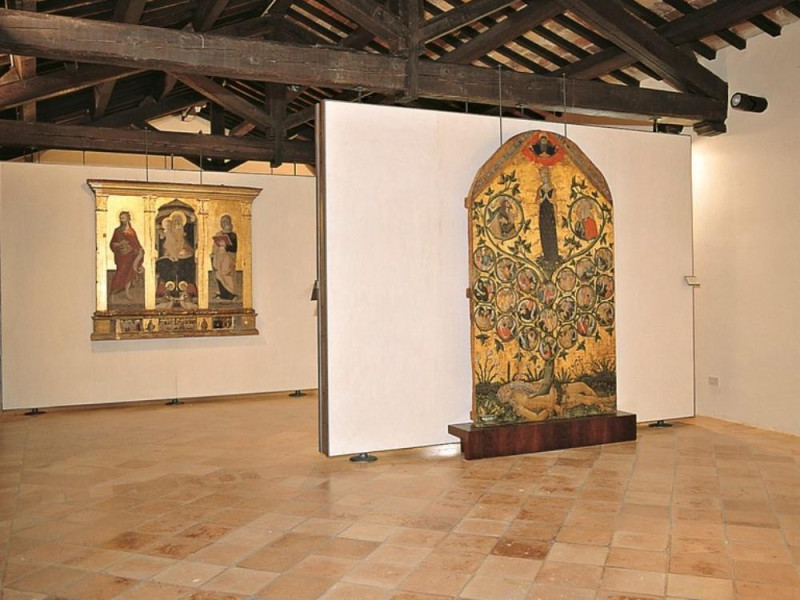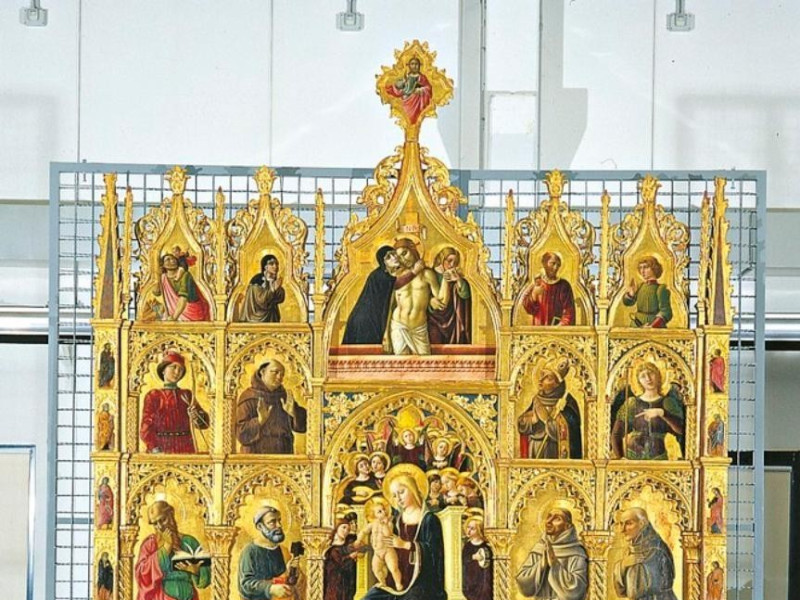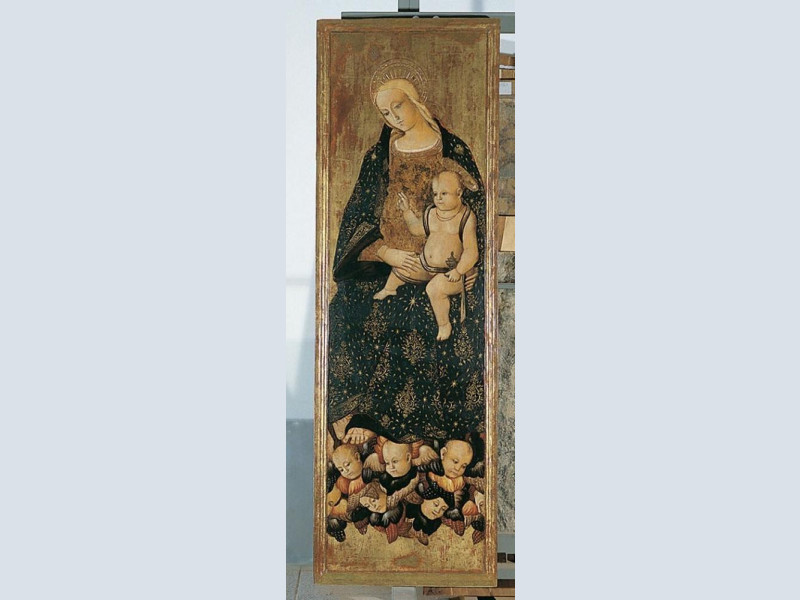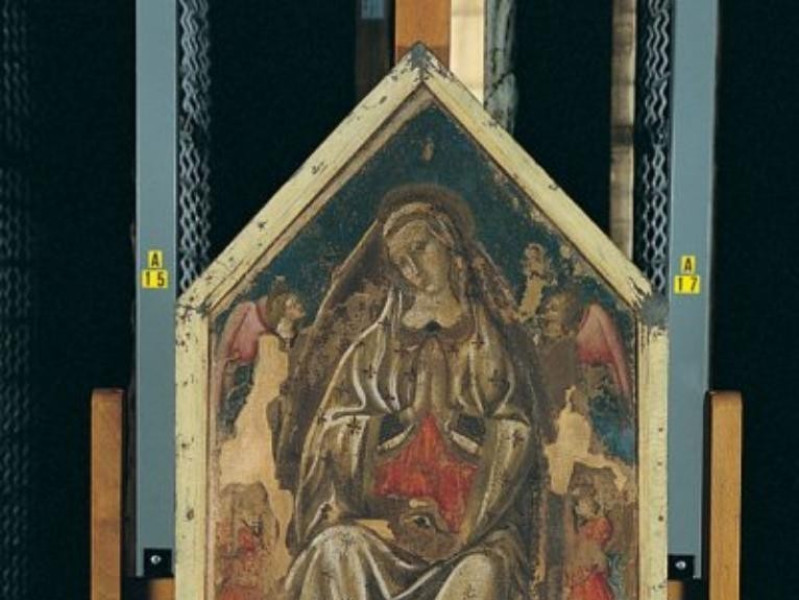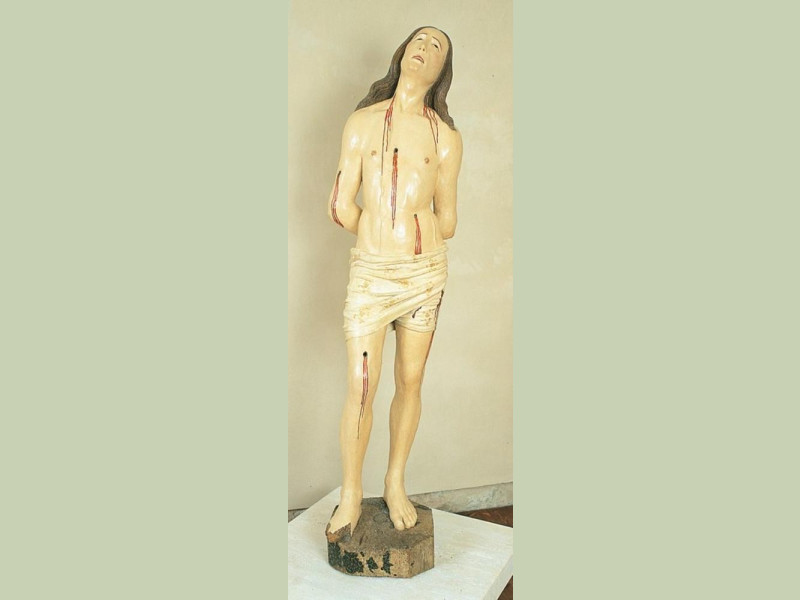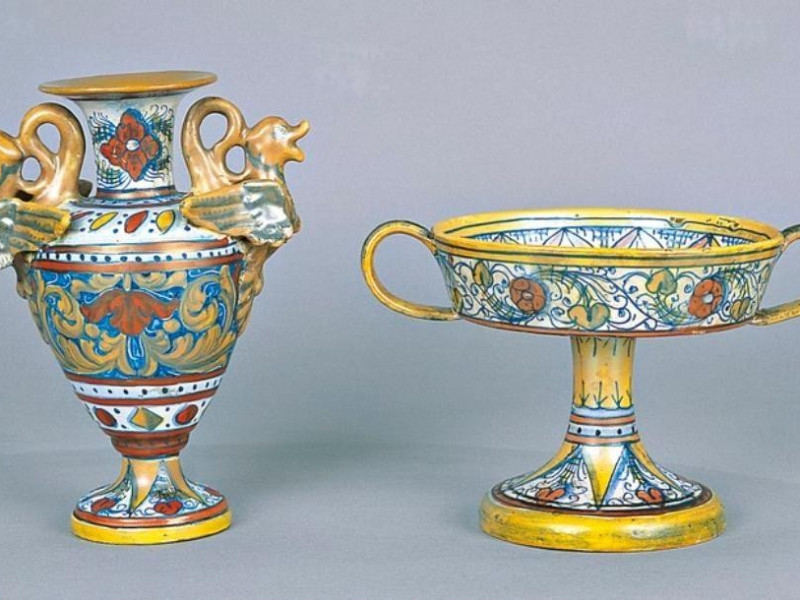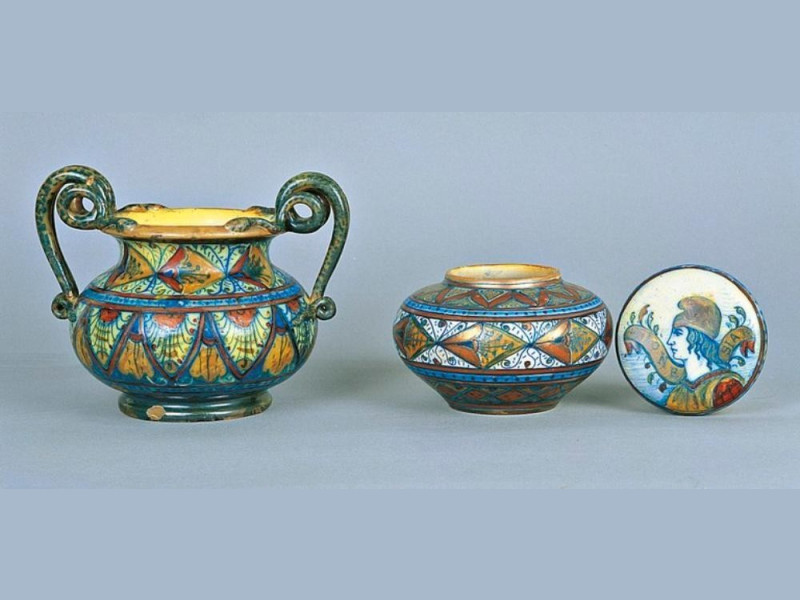Luogo - Museum
Museo civico - Rocca Flea
Where
Via della Rocca, Gualdo Tadino (Perugia)
Rocca Flea Civic Museum
Rocca Flea stands on the top of the hill of San Michele Arcangelo, near the city center of Gualdo Tadino. Walking down Via della Rocca, after a short distance, through Porta San Benedetto, it is possible to get to the town main square.
It was born as the early-inhabited nucleus of the town of Gualdo Tadino, soon becoming one of the most important strongholds of Umbria.
During the 16th century it was transformed into the residence of the Papal Legates, and its interior was adapted for this purpose; its walls were decorated with frescoes, of which today only fragments remain. With its transformation into a prison, in 1888, further modifications were done to its structure. Recently, it has been restored, and today houses the Civic Museum.
Apart from the Museum, the Fortress is interesting to visit from an architectural point of view. In fact, the ancient stronghold that dominates the flat of Gualdo Tadino, like all ancient manors, has its rich heritage made of facts, characters and stories—often unknown to the public—that are contended between history and legend.
The exhibition itinerary of the Museo Civico di Rocca Flea is subdivided into three sections. The Archaeological section displays items documenting how Gualdo’s territory was populated from the prehistory to the Early Middle Ages. The section dedicated to ceramics illustrates the vast production around the 19th and 20th centuries, inspired by that of the 16th century that—being as good as that of Gubbio and Deruta—made Gualdo Tadino one of the most célèbre centers of production of ceramics in the region. The Art Gallery section, constituted after the State requisitions post-1860, and its collection includes works coming from the churches of the area and are fully representative of the figurative culture of the area on the border between Umbria and Marche. Of great interest is the majestic polyptych—coming from the Church of San Francesco—of Niccolò di Liberatore, called the Alunno (1471), and the 15th century paintings of Matteo da Gualdo—these too from San Francesco—the master who started the local art school that was active up until the first half of the 16th century. Matteo da Gualdo’s frescoes are still visible in the Church of San Francesco; visitors can see them on the occasions of initiatives organized by the Town Museums.


